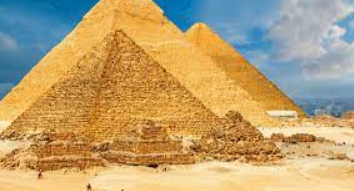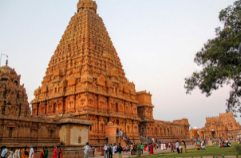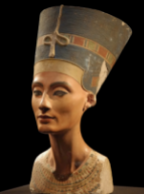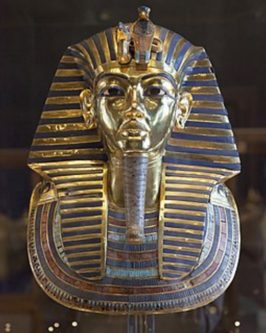Art was an important element of Egyptian culture and was present in nearly every Egyptians daily life. Artists were revered and regarded as significant crafters, and many typically lived in luxurious surroundings. In the ancient world, the Egyptians redefined art. They were most likely the most accomplished painters of the period. The Egyptians built huge temples and structures, including large pyramids, the majority of which are still standing today. Egyptian history has a lot of art incorporated and over time it has evolved as it is one of the areas with the earliest signs of art. Egypt was known for its amazing pyramids, temples and sculptures. Massive temples, monuments, and pyramids were created by the Ancient Egyptians. Some of the Egyptians’ architectural strategies are being used today. This demonstrates that they were excellent architects who carefully planned their designs to ensure that the construction would stand the test of time. Many popular architectural approaches are derived from ancient Egyptian techniques.The art was based on fundamental components demonstrating significant advances in civilisation. People are still interested in Ancient Egypt art, which is shown in numerous museums because of its elegance.
ART
Pyramids:
The greatest architectural achievements of the Ancient Egyptians were the pyramids. Pyramids were built as tombs for the pharaohs. They contained the items that the Egyptians believed the Pharaoh would need in the afterlife. Much of the art that remains today was preserved in the pyramids. Early Egyptian tombs were mastabas -(ow, flat tombs). Pyramids were solid limestone, with the exception of a few small rooms & passages. Egyptians placed great importance on the resurrection of the soul. They believed the soul, or ka, remained in the body until death. For the individual to travel to the afterlife, both the ka and the body had to be safe. The pyramids were like fortresses to protect the body and treasures of the pharaoh, who was believed to become a god after death. His body was sealed in a sarcophagus, a stone coffin. It was then hidden somewhere in the pyramid. Lots of false passageways were constructed to protect the body and prevent tomb robbery. The pyramids and tombs contained the mummified remains of the pharaohs. Mummification protected the body so that the ka could use it. After embalming, mummies were carefully wrapped in yards of linen bandages. The ancient Egyptians even mummified animals. The first pyramid was built for King Zoser in 2600 BC. It was a “step pyramid”, meaning it was made by stacking several mastaba tombs.

It was designed by the architect Imhotep, the first recorded artist in history. The Great Pyramid of Giza was the oldest of the Seven Wonders of the Ancient World and the only one that survives intact. It was built as a tomb for Pharaoh Khufu and constructed over 20 years, finished 2520 BC. The tallest man-made structure for over 3,800 years. Originally was covered by casing stones that formed a smooth outer surface. The Pyramids are guarded by the Great Sphinx. The sphinx is carved from a rocky ledge. Sphinx was built in approximately 2500 BC by the pharaoh Khafra.
Temples:

Temples were built along the eastern banks of the Nile near Thebes. Temples became more and more elaborate overtime. They were built under the command of pharaohs and were dedicated to the king’s favourite gods. When the king died, temples housed their funeral chapels where people made offerings to his ka. The temple of Amon continuously improved by different pharaohs over history. Some of its features were: surrounded by obelisks, tall, four-sided pointed stone shafts, statues of pharaohs, open courtyard, great hall, massive 70-feet tall columns, small dark sanctuary for only the king and the priests. There was also a famous temple of Re, built for the sun-god, Re.
Sculptures: Grave robbery was very common, even in ancient times. to protect the ka of the pharaohs, statues were created in the king’s likeness. These served as a back-up for the ka in case the king’s body was ever damaged or lost. The Sphinx is a very large example of Old Kingdom sculpture, resembling King Khafre. Artists used materials found in the Nile river valley. Some materials were gold, turquoise, lapis lazuli and red coral. Painted relief sculptures lined the walls of pyramids.These are called steles. A stele is a carved upright stone slab used as a monument. The sculptures are stiff, formal, and stylized. Faces face forward, and the left foot is slightly ahead of the right. There are no open spaces in the stone that the figures are carved from.

The Egyptian period was known for its elegance and beauty. It is clear that their artistic abilities were far ahead of time. It is fascinating to see the different art forms including pyramids, temples and sculptures. Nowadays, we view this as art, however these had a greater purpose years ago. So if you see an Egyptian sculpture in a museum, think about its greater purpose.
